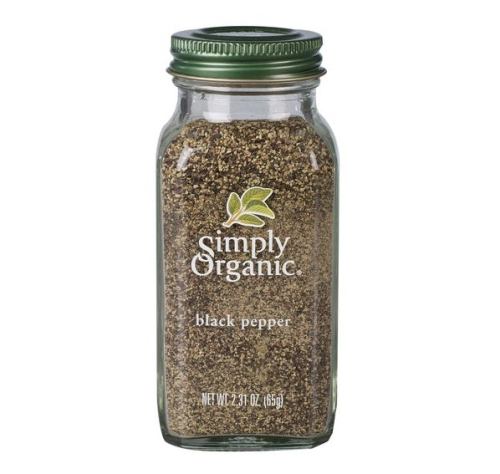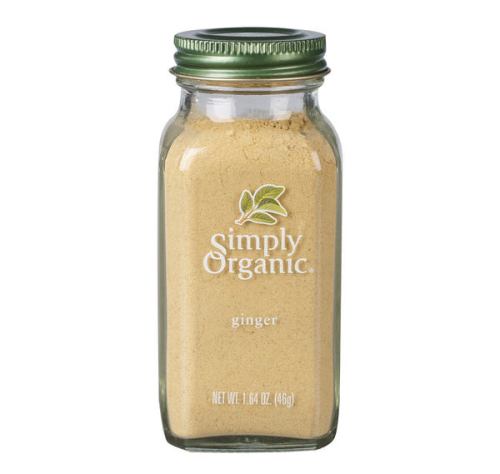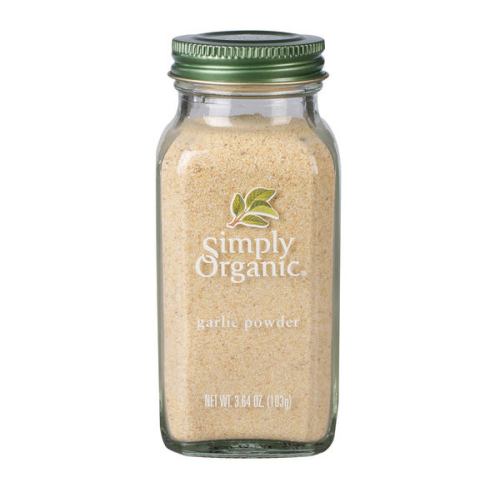Our editors independently select these products. Making a purchase through our links may earn Well+Good a commission
The five Blue Zones regions are known for being home to the longest-living people in the world. In these areas, people not only regularly live into the triple digits, but their brains and bodies are both still functioning well.
Experts in This Article
Blue Zones expert and author of The Blue Zones Secrets for Longer Living
Gary W. Small, MD, is the physician in chief for behavioral health at Hackensack Meridian Health in New Jersey and the former director of the UCLA Longevity Center.
registered dietitian and consultant with Balance One supplements
There are many lifestyle factors that Blue Zones founder, Dan Buettner, has found are shared by people in these regions—including low levels of stress, moving throughout the day, and having a sense of purpose. However, a significant amount of the research on longevity comes back to healthy dietary habits. The meals most frequently consumed in the Blue Zones aren’t loaded with processed ingredients or added sugars; rather, they consist of whole foods, particularly plants.
The anti-inflammatory nature of many of the foods most commonly consumed in the Blue Zones is a key part of longevity. “Plus, this diet pattern can increase cognition, improve chronic conditions, increase energy, reduce or eliminate brain fog, and help mitigate symptoms associated with mood disorders,” says Trista Best, MS, RD.
The Blue Zones meal regime crafted by Buettner’s research involves steps such as reducing red meat intake, limiting refined sugars and processed foods, choosing whole ingredients for the majority of your meals, drinking lots of water, eating beans every day, and packing plenty of healthy herbs and spices into your dishes.
Spices in particular offer a one-two punch. They pack anti-microbial and antioxidant properties that boost heart health, immunity, and healing, plus they add flavor to food without any nutritional drawbacks (read: using spices as a flavoring agent lowers your temptation to reach for the salt shaker again or to slather on a sugary sauce). While there is a lot of overlap—and all of these spices are pretty common across the board within these five regions—some of them are particularly popular in the meals of the people that reside in each distinct zone.
Here, the four top spices to add to your pantry that are emphasized in the meals of those in the Blue Zones population.
Blue Zones spices for longevity
1. Turmeric
Turmeric is delicious and vibrant spice that makes a regular appearance in the meals commonly consumed by those in the Blue Zones, particularly Okinawa, Japan. “Turmeric is a staple in Okinawa, and the bright yellow spice has been the subject of many recent studies for its anti-inflammatory properties. It is a potent antioxidant that can neutralize free radicals, is linked to lower risk of brain diseases like Alzheimer’s and dementia, and has also been shown to lower the risk of heart disease,” Buettner explains.
Best agrees. “Turmeric contains plant compounds called curcuminoids, which are highly anti-inflammatory and help to reduce oxidative stress in the body,” she says. In a small double-blind study published in the American Journal of Geriatric Psychology, curcumin was shown to have a significant effect on memory and attention in adults aged 50 to 90 who had mild memory complaints. Over 18 months, curcumin improved memory in this population by 28 percent. They also experienced mild improvements in mood. Though the exact mechanism by which this effect happens is not known, Gary W. Small, M.D., director of the UCLA Longevity Center, told Well+Good that it likely has something to do with curcumin’s anti-inflammatory benefits.
According to Dr. Wise, the curcumin in turmeric has also been shown to make Docosahexaenoic acid (DHA) more available in the brain. DHA is a form of omega-3 fatty acids that is critical for maintaining brain health—decreases in DHA in the brain are associated with cognitive decline and Alzheimer’s onset. As an added bonus, this has mental health benefits, too, as higher DHA levels are associated with lowered anxiety.
You can use turmeric when cooking fish or sprinkle it on toasted chickpeas or beans to keep on hand for snacking. It’ll also taste great in lentil soups, on dips like hummus, or on roasted vegetables. Find more turmeric recipe inspiration here.

Organic Turmeric Powder — $4.50
Find out more health benefits of turmeric from a dietitian here:
2. Black Pepper
“This spice is commonly consumed alongside turmeric as it helps the body absorb the beneficial curcuminoids more easily, however black pepper has plenty of its own benefits as well,” explains Best. “The active compound, pepperine, has been shown to improve cognition and overall brain function, which allows the brain to age more gracefully,” she explains. Use it on basically everything—frittatas, tofu scrambles, soups, roasted sweet potatoes or beans, salads or zoodles, in dressings and dips, and more.

Organic Black Pepper — $5.50
3. Ginger
“Ginger is excellent for promoting health longevity because it contains compounds known as gingerols and shogaols, two compounds which create an antioxidant effect that reduces free radical damage in the body,” says Best. “This is beneficial because free radical damage can cause a subsequent increase in oxidative stress, which can both cause and exacerbate obesity,” she adds.
This damage occurs at a cellular level but once those damaged cells replicate, they can disrupt the body’s natural processes that maintain homeostasis and keep your metabolism and energy levels elevated. Enjoy ginger in tea, alongside stir-fried vegetables or fish, as a component in dressings or marinades, whirled into smoothies, or in one of these delicious drink recipes.

Organic Ground Ginger — $4.50
4. Garlic
While it isn’t technically an herb—garlic is a plant in the Allium (onion) family—it is used as a similar health-boosting flavoring agent in cooking. Garlic is used in many dishes within the Blue Zones, and it provides significant health benefits associated with longevity. “Garlic is naturally anti-inflammatory and anti-microbial, and has been shown to improve overall immune function, [per a recent 2020 study], as well as reduce cholesterol and blood pressure,” Best says. Garlic has been shown time and again to help boost your immune system and fight against the common cold. In one study, 600 mg to 1,500 mg of aged garlic extract was shown to be as effective as the drug Atenolol at reducing blood pressure over a six month period.
Garlic is extremely versatile—it works well in stir-fries, sauces and dressings, oils and dips, mixed into mashed potatoes or sweet potatoes, in omelets, and on veggies, like Brussels sprouts or roasted broccoli.

Organic Garlic Powder — $5.50
Oh hi! You look like someone who loves free workouts, discounts for cutting-edge wellness brands, and exclusive Well+Good content. Sign up for Well+, our online community of wellness insiders, and unlock your rewards instantly.
Sign up for the Well+Good SHOP Newsletter
Get exclusive deals on wellness, beauty, fitness, and food products that have been hand-picked by our editors.
Got it, you've been added to our email list.









